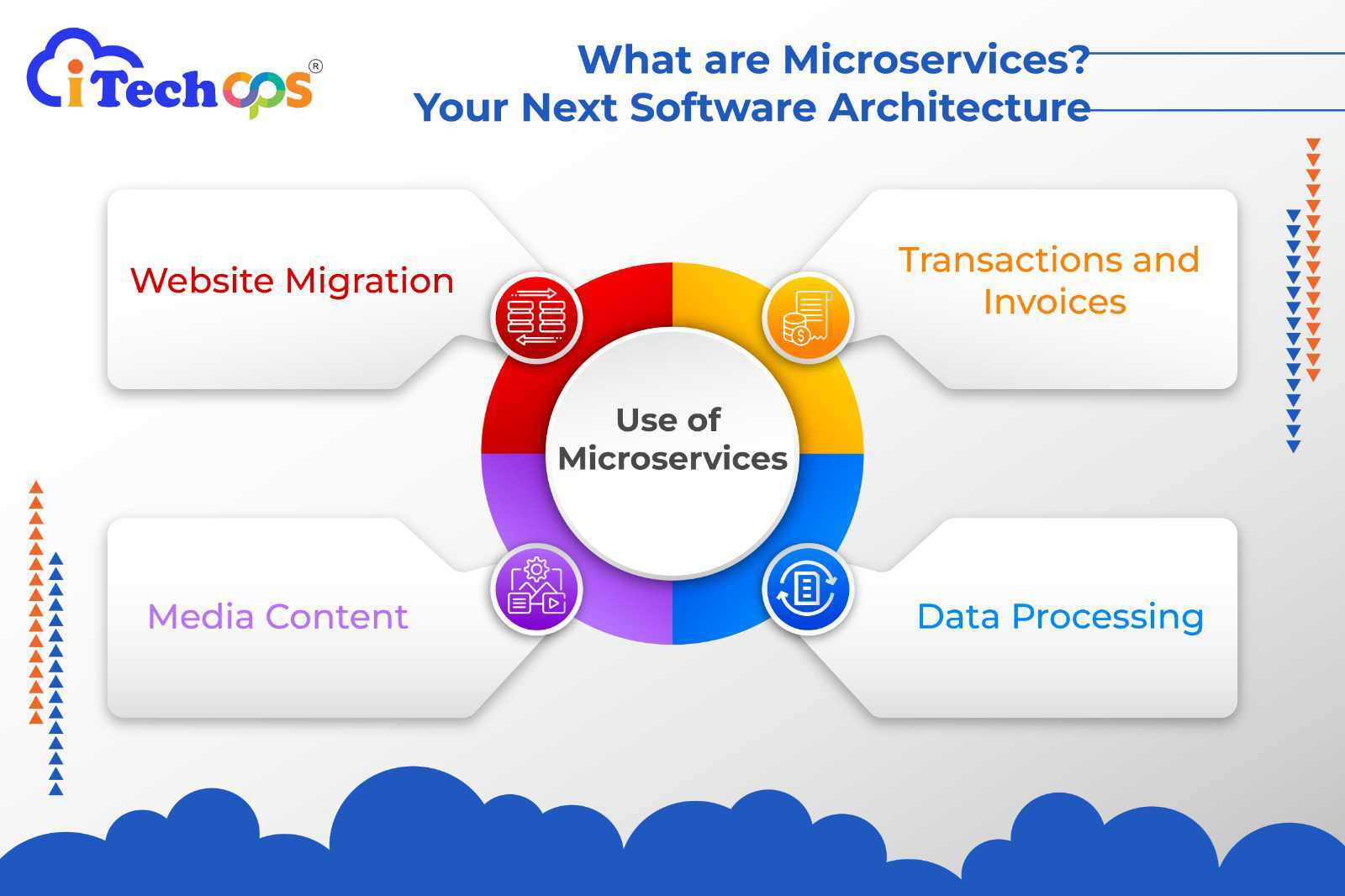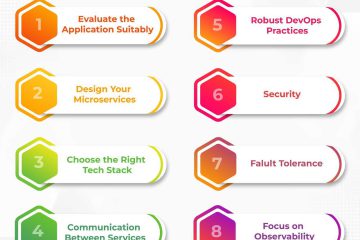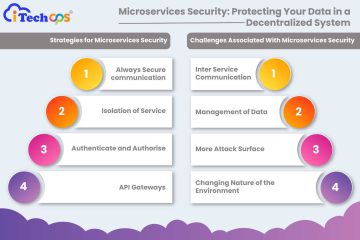Microservices Architecture For Your Next Software

Has the word software architecture recently reached your ears? If yes, it must be none other than microservices architecture. It has taken the software world by surprise. After all, it provides a feasible way to deal with software and applications.
As the name suggests, it divides software into small fragments, each significant and responsible for a conceptual task. However, the tale does not end here; there is much to know about it. So, let us find out all about this next software architecture.
What are microservices?
Microservices architecture, often called microservices, is a way of building large software and applications. Unlike other approaches to creating applications, microservices come up with the idea of using small modules or chunks of software and merging them into large, resulting software.
Each modular component in this approach serves a significant purpose or a business goal. Various components are then connected using APIs, forming a collection of services.
The applications dealt with using microservices architecture are mainly enterprise-level. As you might wonder, the various modules of the resulting application are not solely dependent on each other and are developed and deployed independently, serving discrete purposes.
It is how microservices architecture allows you to handle large applications using various microservices, sharing resources just like regular computer functionalities and yet offering much more.
What are the characteristics of microservices?
Microservices architecture is one of the best ways of developing and deploying large applications. It is all because of the modularity it employs to break down vast software. However, modularity is not the only characteristic it comes with. The other characteristics make communication between different microservices easy.
Autonomous
They are autonomous in nature. They are developed and deployed independently, each with a different purpose. Moreover, the microservices function with the least dependencies on each other. There is no sharing of codes between different microservices. However, in some cases, such as loose coupling, there might be a requirement for frequent and extensive communication.
Specialized
The specialized functioning of microservices points towards each serving a specific purpose and handling a business objective. Moreover, the microservices architecture applies to the individual microservices. That is, if the function of a microservice gets complex over time, it can be further divided into simpler modules with a specialized task.
API-based
It is common to wonder about the interconnection and dependencies of various microservices on each other. Well, the sole mode of communication between different microservices of a large application is well-defined APIs. APIs and API gateways facilitate communication not only between microservices but also with other applications.
Automation
Though microservices architecture divides large applications into simple modules, handling and clubbing them together can be daunting. But this approach comes with a solution for the same. There is no need for manual deployment of microservices. The process is automated and orchestrated for a smarter deployment of multiple microservices.
Resilient
Microservices architecture comes with a strong fault tolerance capability and is considered resilient. It is because of the independence of microservices from each other. In this way, the failure of one does not affect the complete system in place.
Data separation
The independence of various microservices is also true in terms of data. Each module or microservice is provided with its database.
What is the use of microservices architecture?
Microservices architecture is widely used these days. Containers in Kubernetes are the best examples of microservices architecture, making it easy to build cloud-native applications with the least dependencies.
However, the use of microservices architecture is not limited to containers. It can be employed anywhere and everywhere to speed up application development and deployment.
Some common uses of a microservices architecture are:
Website migration
One of the best uses of microservices is in the case of website migration. Websites are generally hosted on monolithic-based architectures. However, migrating them to a microservices platform using a cloud-based or container-based approach is now possible.
Transactions and invoices
Payments and invoicing go hand-in-hand in most companies. However, the failure of one may affect the functioning of another. But with microservices architecture, it is possible to separate transactions and invoices into separate components.
This way, the payment processes continue smoothly even if the invoicing is down, another great use of microservices architecture.
Data processing
Numerous data processing services involve a modular approach. Cloud support can be leveraged to enhance their capability. This, in turn, can be achieved through microservices architecture.
Media content
Dealing with media content also gets easy and highly efficient with microservices architecture. With this approach, you can store images and videos in object-based storage systems, which are scalable. It also makes it feasible to share media content, which can be done directly on the web or mobile.
How does it differ from monolithic architecture?
Monolithic architecture has been in use since ages. You might wonder how microservices architecture differs from monolithic architecture and why there is a need for the latter.
Monolithic architecture involves a single binary file consisting of all codes associated with the application or software. It is executed all at once and does not pose many requirements for management.
The entire application is built, tested, and deployed in a single codebase. However, applications developed and deployed using monolithic architecture are difficult to scale and improve from time to time. These features are easily accessible through the microservices architecture as it divides the application into simpler modules, thus promoting independence.
Conclusion
Microservices architecture is transforming the technology for good. The development and deployment of applications are nothing like earlier times, as in monolithic platforms. Such an architecture makes it possible to scale and easily improve your application as and when required. It is all due to the autonomous, reliable, resilient, and decentralized form of this architecture resulting from modularity. Hence, you can now easily develop and deploy your large applications using a microservices architecture.


0 Comments